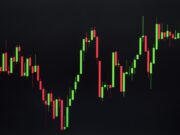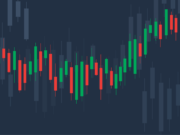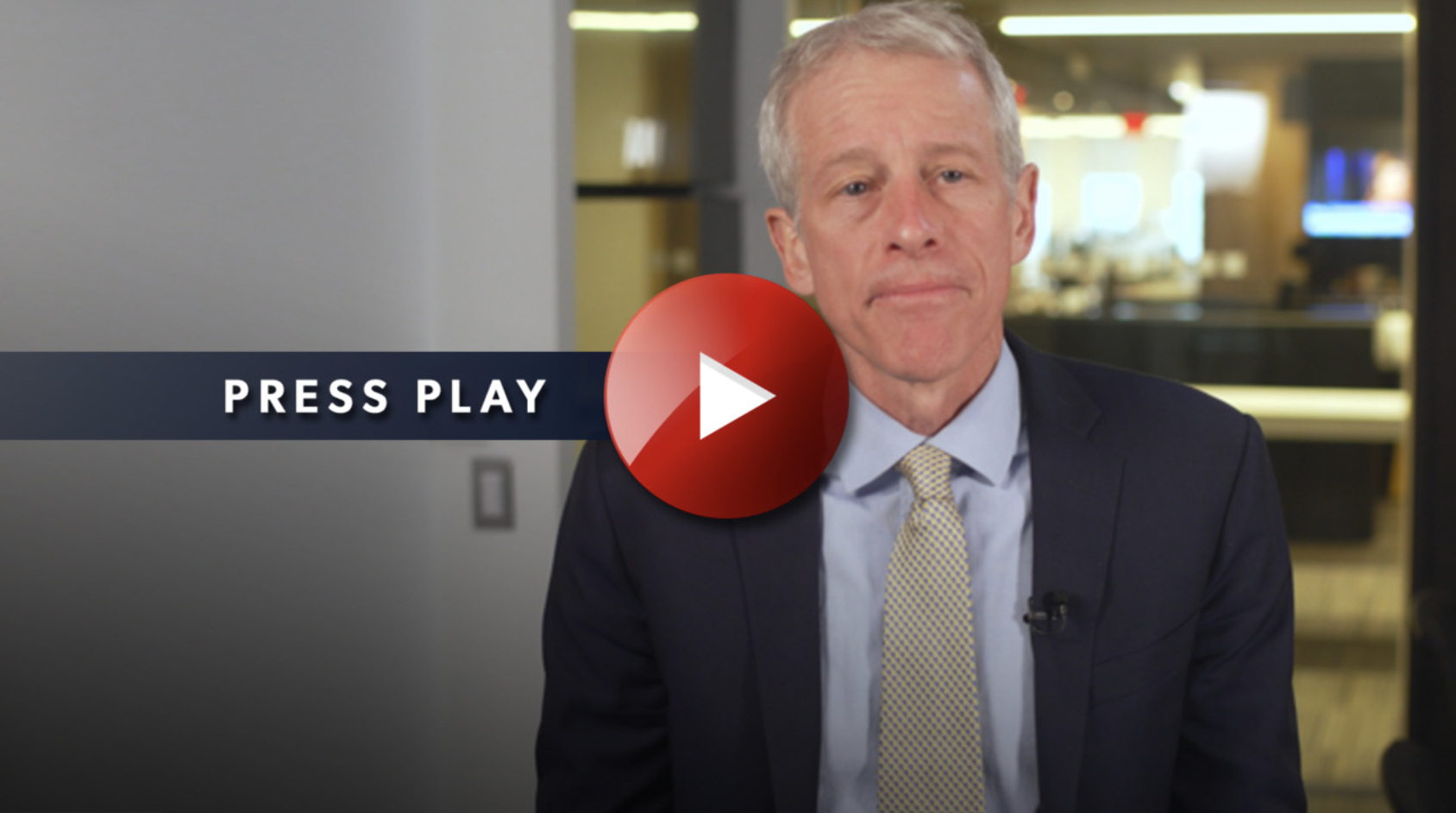REITs offer a unique risk/reward profile that doesn’t always perfectly correlate with stocks or bonds because real estate is an asset class that’s not directly tied to traditional markets. In many situations, REITs can bolster your portfolio when markets take a plunge.
For example, during the dot-com recession, REITs increased every year from 2000 to 2002. By contrast, stocks were down every one of those years. Historical returns aren’t bad, either. Over the past 20 years, REIT’s total return performance has beaten the performance of the S&P 500 as well as the Russell 1000 (large-cap stocks), Russell 2000 (small-cap stocks), and Bloomberg Barclays (U.S. aggregate bond).
REITs are also not required to pay federal taxes so long as they distribute at least 90% of their profits as dividends, often leading to sizeable payouts, which makes an investment in a quality REIT a relatively steady source of income. According to NAREIT data, equity REIT dividend yields averaged approximately 2.6% in 2021, or more than twice the 1.2% yield of the S&P 500.
REITs have taken a hit in 2022 due to fears of rising interest rates, but for some tickers, the sell-off looks overdone, creating opportunities for investors looking to diversify and benefit from the steady income. In this list, our team looks at three high-yielding REITs that seem poised for gains in the back half of the year.
Medical Properties Trust (MPW) is a healthcare REIT that invests in hospitals; it owns 385 hospital properties representing 42,000 licensed beds across nine countries. The company leases facilities to 50 hospital systems. It ranks as the second largest owner of hospital beds in the U.S. Hospital systems enter into sale-leaseback arrangements with the REIT to monetize real estate assets and reduce operating costs. It invests in facilities subject to triple-net leases, meaning the renter is responsible for all property taxes and insurance costs, reducing risk for the trust.
MPW has delivered 30% annual asset growth and 8% annual FFO per share gains over the past decade. That has helped a string of nine consecutive years of dividend increases, with growth averaging a modest 4% annually. MPW comes with a solid history of adjusted funds from operations (AFFO) growth while steadily decreasing the payout ratio. Since its last increase, the FFO payout ratio decreased from 82% to 78% and remains well below market peers.
The stock has delivered a 356% total return over the past decade, outperforming both the Health Care Index and the MSCI U.S. REIT Index. At 7.44%, MPW boasts the second highest yield in the sector behind Omega Health (OHI). Between the increase in dividend coverage and expected revenue growth, we’ll likely see its streak of growing payouts continue.
Boston-based, Information management services company Iron Mountain Inc. (IRM) provides information destruction, records management, and data backup and recovery services to more than 220,000 customers in 58 countries. The company has around 1,500 leased warehouse spaces and underground storage facilities worldwide.
As a testament to Iron Mountain’s leadership in its core business of storage, the company serves 225,000 customers, which includes about 95% of the Fortune 1000 companies. As for what the company stores, the wills of Princess Di and Charles Darwin are housed in their facilities, as well as the original recordings of Frank Sinatra and Bill Gates’ Corbis photographic collection.
The need for Iron Mountain’s physical facilities will likely never disappear, but as digital storage becomes more widely adopted, the company should continue to grow along with its global data-center business, contributing 8% of adjusted earnings in 2021. It continues to generate over $2 billion per year in revenue from its core storage business while strategically growing its data center portfolio, which is an optimistic sign for steady growth in the coming years.
IRM has maintained a $0.62 per share quarterly dividend since 2019 as it has been focused on steadily recovering its payout ratio from the pandemic. The AFFO improved by 11% in the first quarter of 2022, dropping to 68% from 76% in the first quarter of 2021. Management’s target for a low to mid 60’s % target seems to be quickly approaching, after which they see the dividend increasing from the current level of 5.26%.
W.P. Carey (WPC) is a leading net-lease REIT that invests in high-quality, single-tenant properties Net-lease REITs reduce risk by passing property-specific expenses (usually maintenance, insurance, and taxes) directly to the tenant and embedding contractual rent increases in leases That makes the REIT’s income more predictable and reliable.
W.P. Carey owns 1,216 properties across the U.S. and western Europe. Its properties are leased to 352 different tenants. The REIT boasts a well-diversified tenant base, with industrial, warehouse, and office properties representing nearly 70% of the portfolio and only 17% retail exposure, which has helped to reduce the effects of the pandemic on 2021 occupancies and rents.
A portfolio diversified by property type helped to keep rent collections strong during the first quarter, with 100% collection for self-storage, office, and retail, 99% for industrial, and 94% for warehouse. In Q1, the portfolio showed a 98.9% occupancy rate and average remaining lease term of 10.7 years. Adjusted FFO declined 11.5% on a per-share basis but exceeded analyst estimates. With over $1.9 billion of liquidity, W.P. Carey will be able to step up investments in new properties, which should fuel 2022 AFFO growth.
WPC is set to report second-quarter results on July 29 Both its quarterly revenues and FFO per share are likely to have witnessed year-over-year growth. The firm recently declared a quarterly $1.059 dividend representing a $4.24 dividend on an annualized basis and a dividend yield of 5.04%.
Should you invest in Iron Muntain right now?
Before you consider buying Iron Muntain, you'll want to see this.
Investing legend, Keith Kohl just revealed his #1 stock for 2022...
And it's not Iron Muntain.
Jeff Bezos, Peter Thiel, and the Rockefellers are betting a colossal nine figures on this tiny company that trades publicly for $5.
Keith say’s he thinks investors will be able to turn a small $50 stake into $150,000.
Find that to be extraordinary?
Click here to watch his presentation, and decide for yourself...
But you have to act now, because a catalyst coming in a few weeks is set to take this company mainstream... And by then, it could be too late.
Click here to find out the name and ticker of Keith's #1 pick...










